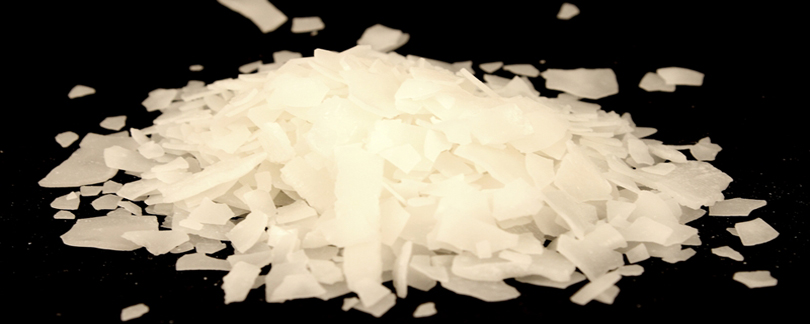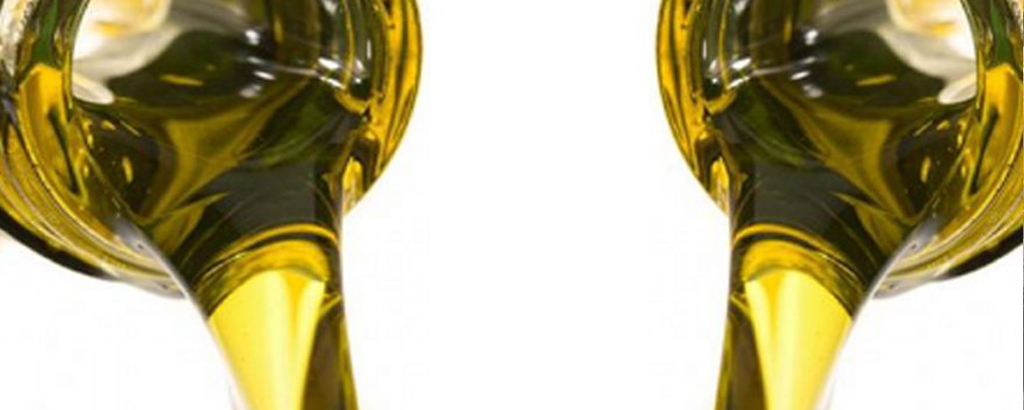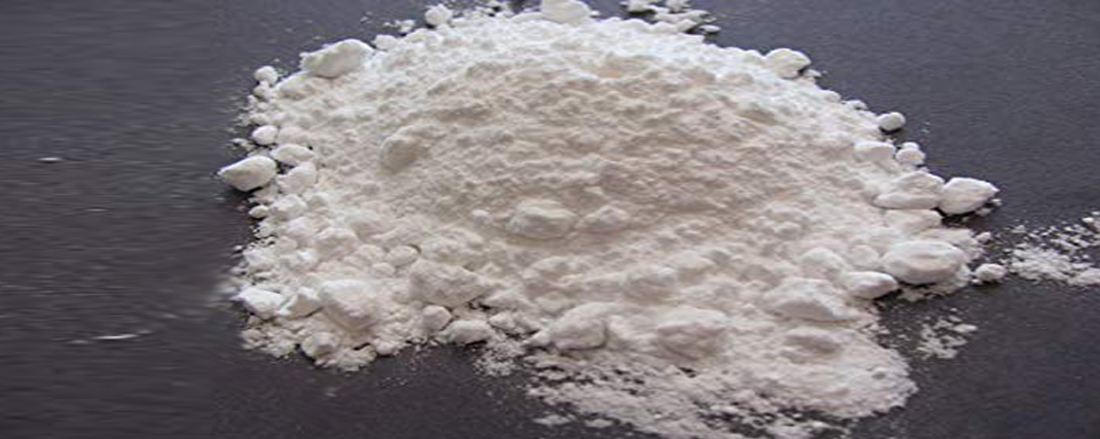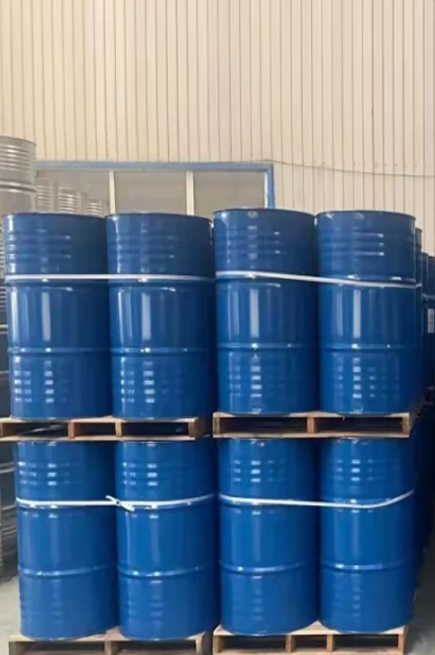POLYPHOSPHORIC ACID FOR SYNTHESIS
Synthesis and composition The basic compounds for the production of polyphosphoric acid (PPA) are phosphorus pentoxide (P2O5) and phosphoric acid (H3PO4), as shown in Figure 2. Phosphorus is first oxidized to phosphorus pentoxide, which crystallizes as P4O10. Upon its reaction with water, phosphoric acid is produced.
The name phosphoric acid is the IUPAC name of orthophosphoric acid. The prefix –ortho is used to distinguish this acid from other phosphorous containing acids (polyphosphoric acids). There is no difference between orthophosphoric acid and phosphoric acid because both these names describe the same compound.
Polyphosphoric acid can be used in the manufacture of special supported catalysts, e. g. for use in the production of cumene from benzene. Polyphosphoric acid can be used in the descaling and brightening of metal surfaces. Polyphosphoric acid is suitable for the drying of gas streams.
PPA is also known as β-hydroxyamphetamine, and is a member of the phenethylamine and amphetamine chemical classes. ... PPA, structurally, is in the substituted phenethylamine class, consisting of a cyclic benzene or phenyl group, a two carbon ethyl moiety, and a terminal nitrogen, hence the name phen-ethyl-amine.








